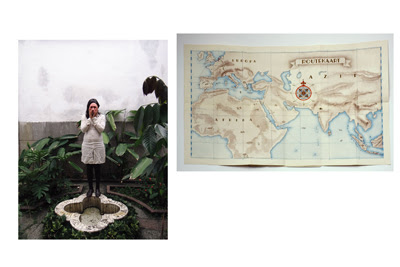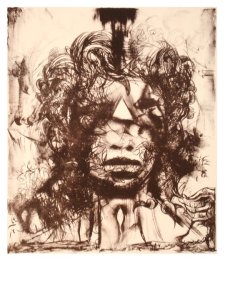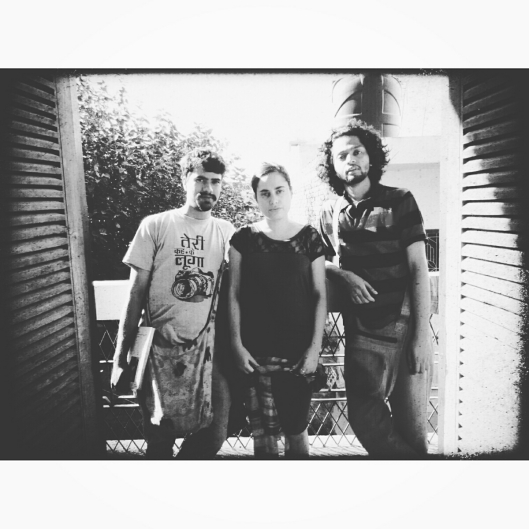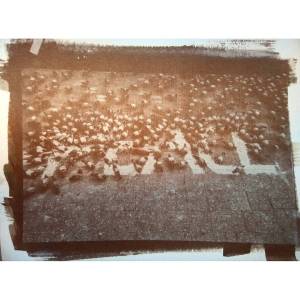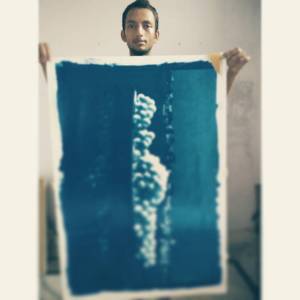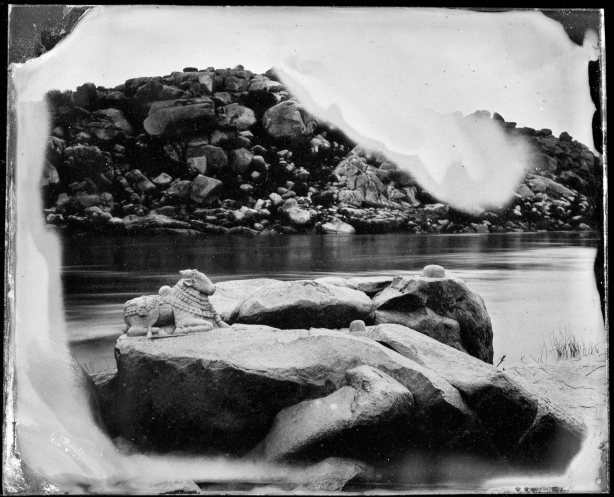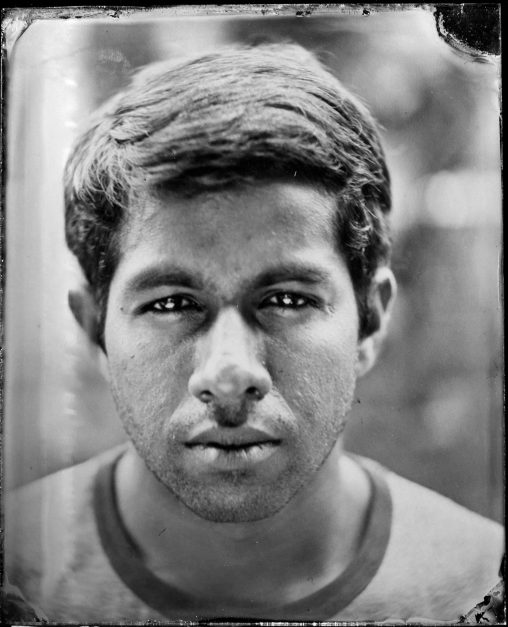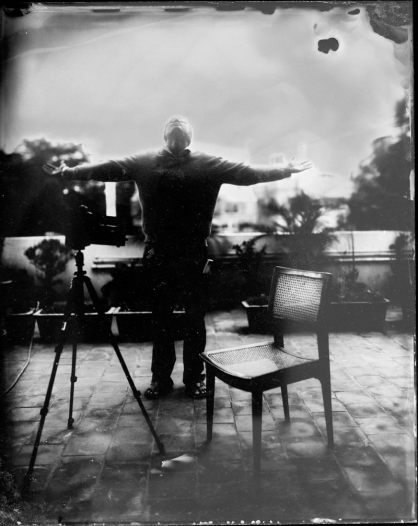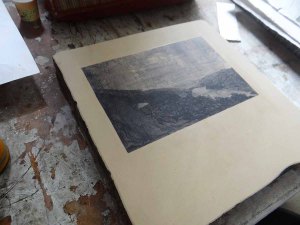
By means, almost rudimentary but exacting technical demands – staggering – lack of time, a humid heat – irresolute stretching heat – there is – photo transfers each experience was different
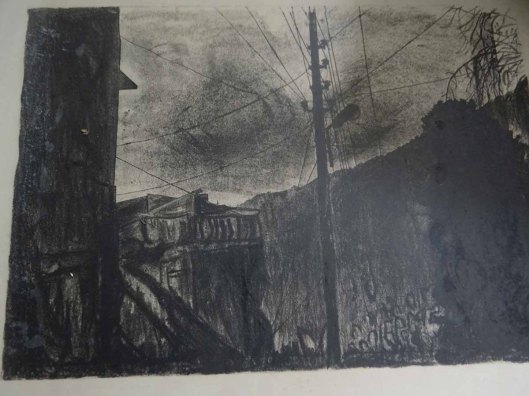
It was an almost rudimentary process involved but very exacting technically. There were many many constraints; that of time, a dense humid heat, tight finances.
I had to go by whatever I could do within a very short time and I was gasping with the effort because stone, by nature, is exquisitely sensitive and subtle and there are many twists and turns. By the time, this small little series was over I was aching and exhausted.

The experience was different with each photo transfer.
The transfer was done upon stone with benzene carefully so that the ink does not smudge scatter or stay located in one area. It should preferably be done by hand not passed through the press and the photograph in question should be continuous tone. It is said that stone cannot reproduce the range of tones that photographic emulsion can but there have been conflicting results.
The transfer should dry thoroughly upon the stone and then drawn upon with crayon and pencil so that it can latch onto the ink when ready for print. The image should not be etched with nitric acid as the ink is very very thin and etching will erase whatever little image that one can get as final print.
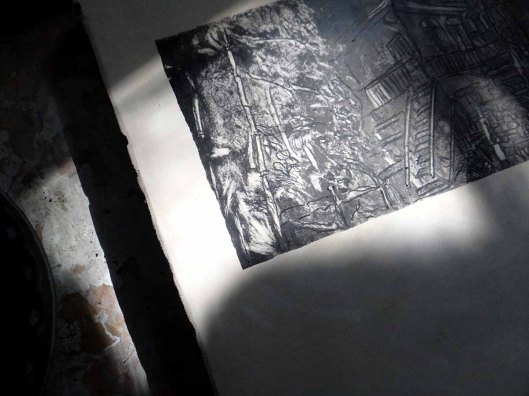
Drawing upon the photographic image can be quite a trick with touches to add here and there and it takes quite many learnings and undoings. I had to go through each work quite a number of times and improvise as and when it was needed.
Nonetheless, I enjoyed the whole process and am glad I went through the grind and confusion of doing it by hand. Am happy of this small little story has come about “Nainital Upon Stone” – and would like to go back to the story again.
Urmimala
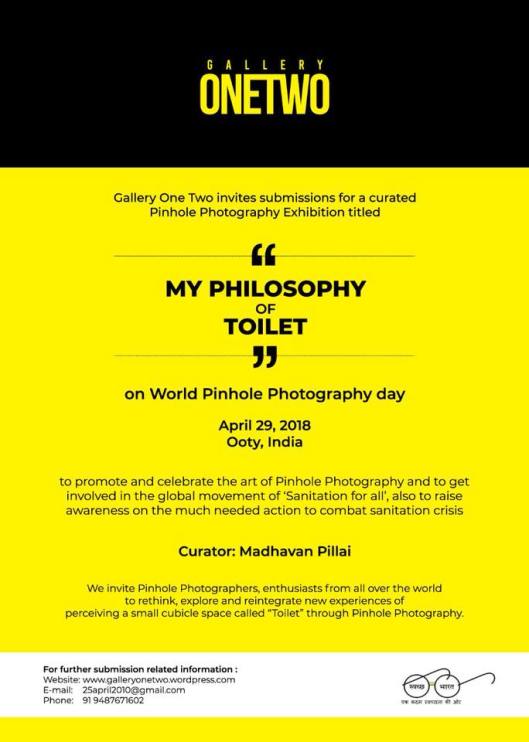

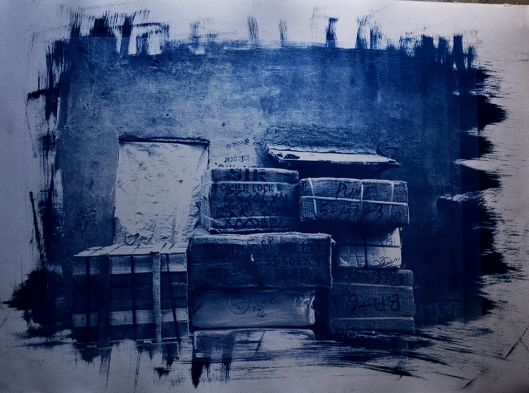
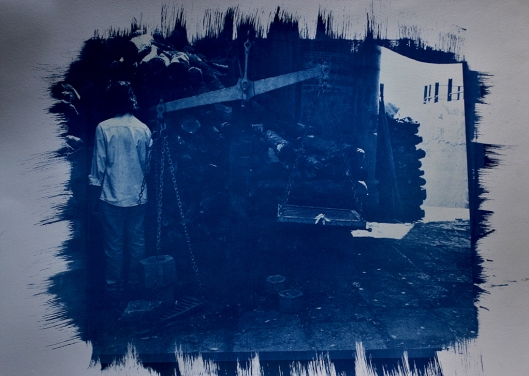
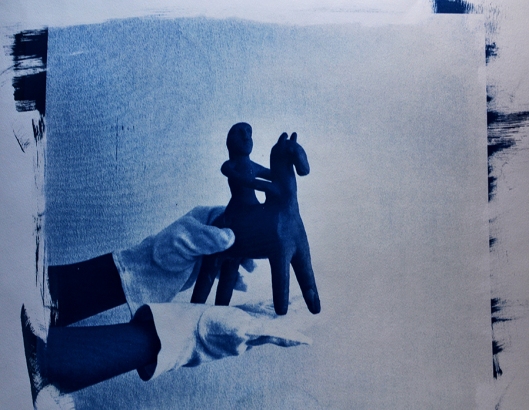
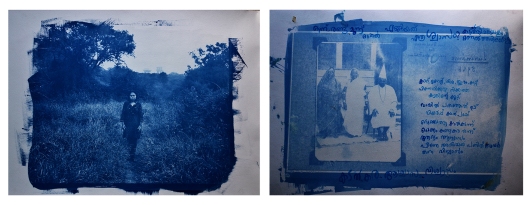



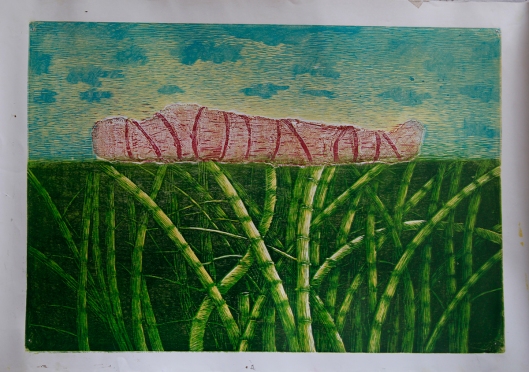
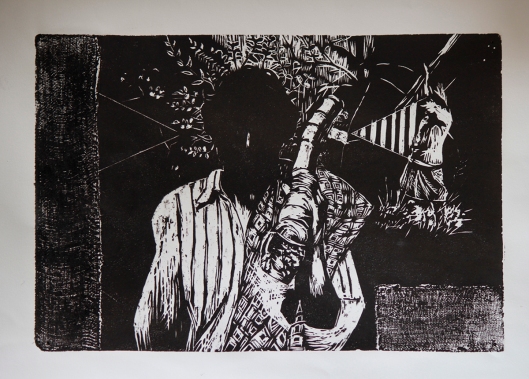
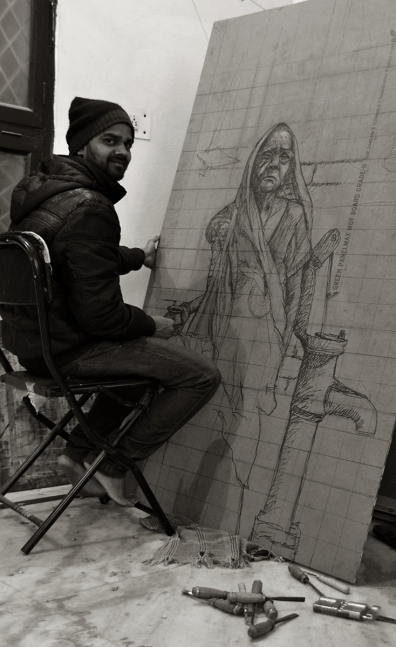
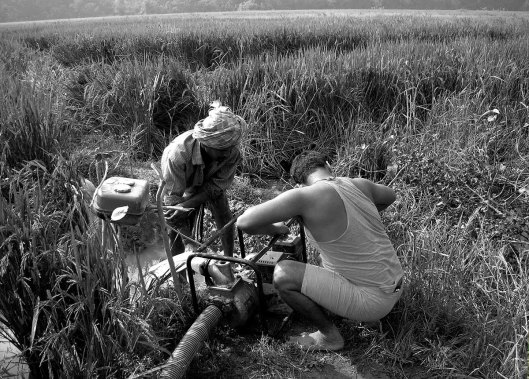
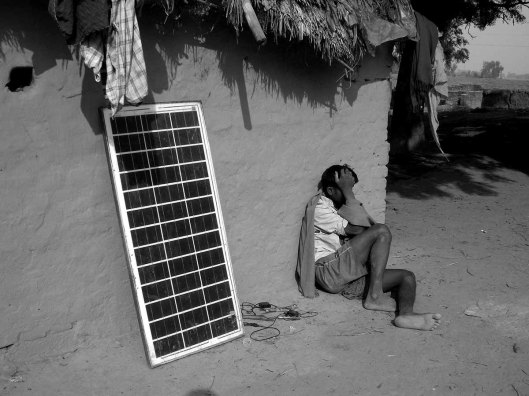
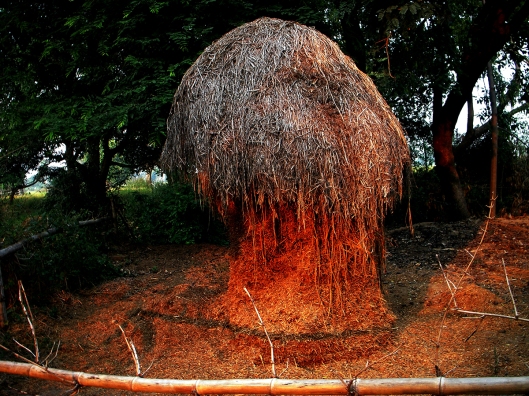
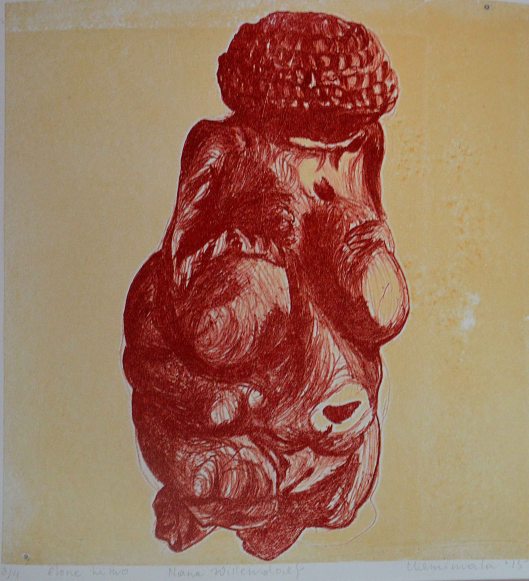
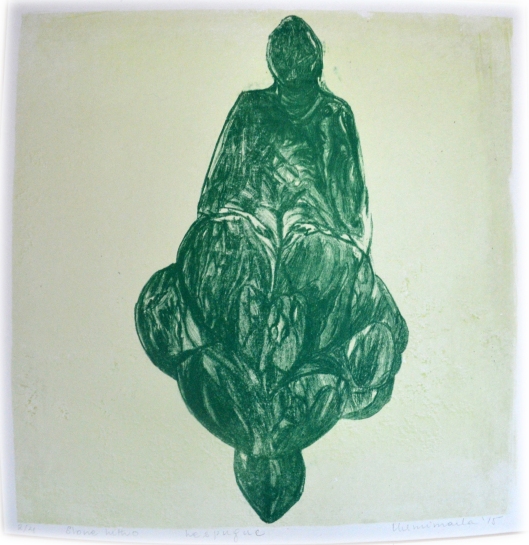 December 19, 2015
December 19, 2015